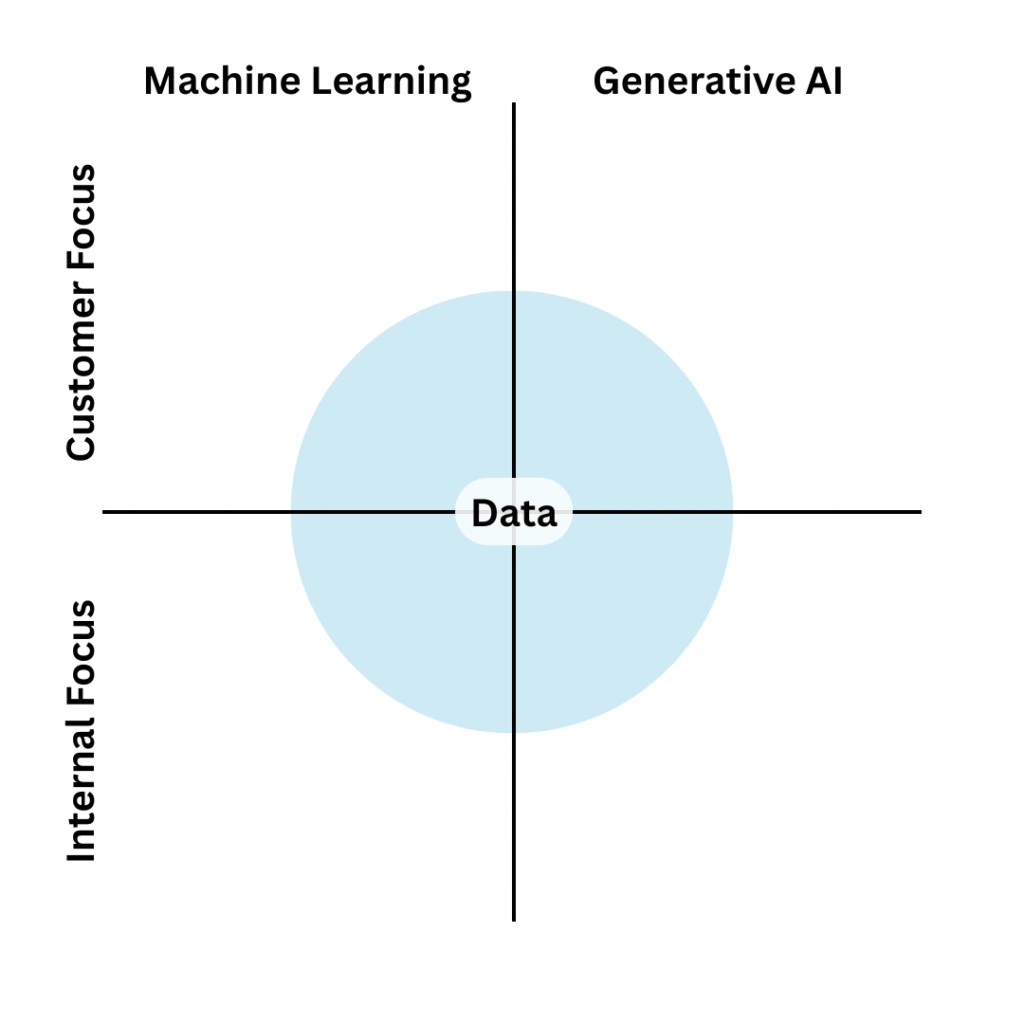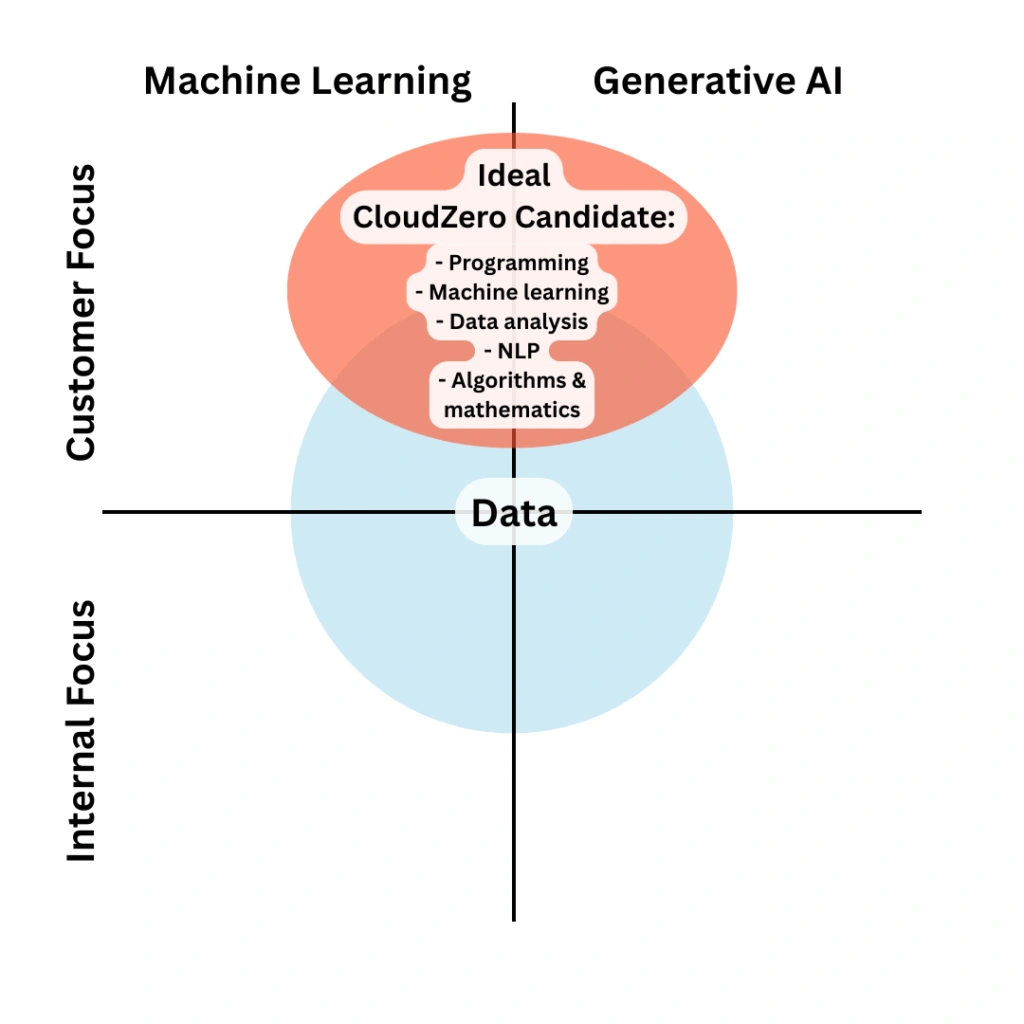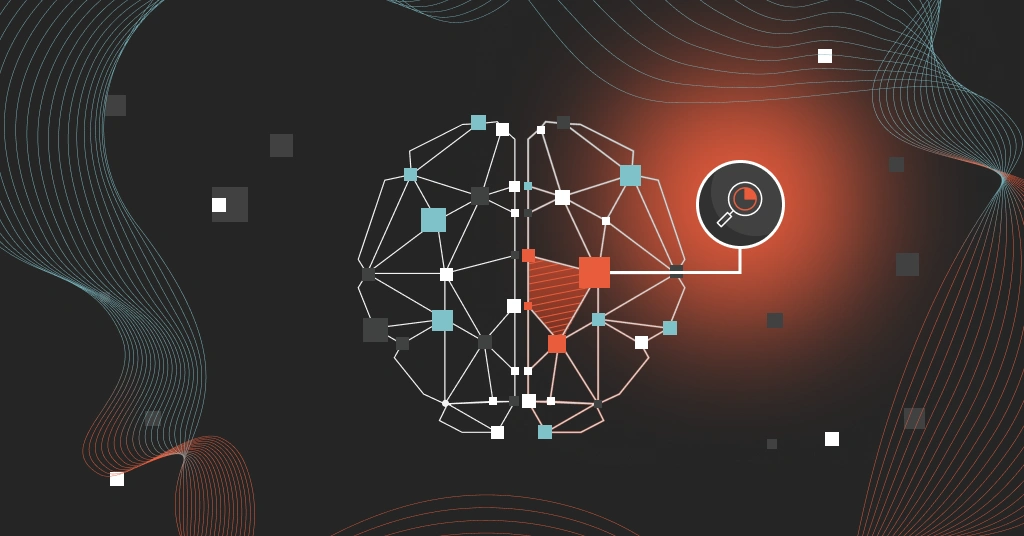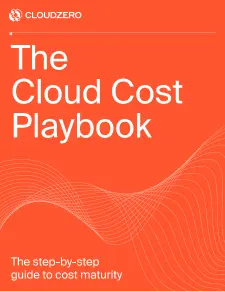If Meta’s (now halted) nine-figure AI talent poaching scheme was any indication, the AI talent market is pretty frothy. The number of AI-related job postings has roughly tripled since 2019, and the average salary has more than doubled (Bain).
The race is on for companies to find the fastest, most sustainable routes to AI-driven business value; all companies, but especially software companies, are hotly pursuing racers.
But despite what Zuckerberg & Co. must have thought at the outset of their aggressive (to say the least) AI hiring campaign, it’s not as simple as get people in the door, and business value will come.
I should know: My company, CloudZero, is also in the midst of hiring AI talent, and it’s anything but straightforward.
The frothiness of the market and the magnitude of the business opportunity can tempt leaders to act rashly, abandoning their scruples in the name of speed. But throughout this process, I’ve learned a key lesson: AI talent is not a monolith. Different specialties, different backgrounds, and different types of experience have a significant impact on whether someone with apparent “AI experience” is the right hire for you.
Hiring in FinOps overall? We’ve got that covered, too: How To Hire In FinOps: Roles, Responsibilities, Skills, Interview Questions, And More
3 Key Complexities Of AI Hiring
Here’s a graph I’ve been using internally to get at the complexities of the AI hiring issue:

Let’s dive into what each piece of it means.
1. Where is the candidate on the Data spectrum?
Data is critical to any successful AI initiative, but there are plenty of people out there selling their AI skills who are really more data engineers than data scientists — a crucial distinction.
| Data Engineering | Data Science | |
| Key Focus | Build and maintain data infrastructure and pipelines; ensure data is collected, stored, and made accessible | Extract meaning and insights from data; use statistical analysis and machine learning (ML) to build models and predict outcomes |
| Key Activities | Extracting, transforming, and loading data; creating data pipelines; managing databases; and ensuring data quality | Developing predictive models; performing statistical analysis; building machine learning algorithms; and creating visualizations to communicate results |
| Key Skills | SQL, Spark, Kafka, cloud platforms, and data warehousing technologies | Python, R, ML libraries (e.g., TensorFlow), statistical analysis, data visualization, and, increasingly, generative AI |
Data engineers get high-quality data into your systems; data scientists derive high-quality insights from it. You need both, and the collaboration between the two roles is critical, but at any given time, you might have a greater need for one or the other. Often with AI roles, the true value comes on the data science side — ChatGPT’s incredible predictive power is the handiwork of great data scientists.
Lesson: Engineers know the AI market is hot right now, and so people are trying to sell whatever experience they have as “AI.” Recognize the distinction between data engineers and data scientists, understand which skills your company needs most, and ask questions that uncover whether candidates possess those skills.
2. Are they building AI solutions for customers or internal programs?
Broadly speaking, there are two ways to generate business value with AI:
- Customer focus: Using AI to build features into your product that add value for customers. Grammarly’s predictive text tools would be an example; it’s something customers touch that is fueled by AI. Business value is the direct consequence of customers using these products/features.
- Internal focus. Using AI to optimize some behind-the-scenes process, like understanding which customers are at risk of churning or how to get website visitors into your sales funnel. Customers aren’t using any of what you build with AI here, but there is tremendous internal business value.
Aligned with each is how the AI value comes to life in your company. Is the individual skilled at working with product engineering teams to get models and code into production or internal IT and business operations teams to get their work into the hands of employees? The approaches and skills differ greatly.
Lesson: When hiring AI talent, be sure you understand a) which of these your company needs, and b) which of these your candidates are skilled at building.
3. What kind of AI skills do they have and do you need?
If a person says they have “AI experience,” it could refer to a range of technical skills — some of which are relevant to your organization, and some of which aren’t. A sampler of what it could mean:
- Programming: Proficiency in languages like Python, RO, Java, or C++
- ML: Understanding ML algorithm, frameworks like TensorFlow and PyTorch, and how to train models
- Data analysis: Skills in collecting, processing, and analyzing large datasets
- Natural language processing (NLP): The ability to build systems that understand, interpret, and generate human language
- Computer vision: Training AI to “see” and interpret visual information from images and videos
- Algorithms and mathematics: A strong foundation in algorithms, mathematics, and statistics
Not to mention the evolving skills as companies lean more into generative AI.
Also, let’s not forget the soft skills that make a great AI hire — things like being a strong prompt engineer, being a good decoder of AI bias, having a collaborative spirit, communicating well, and continuously learning.
Lesson: Even people with true AI experience might not have the skills that are most relevant to your organization’s needs. Understand what you need, understand the vast array of AI skills, and determine whether candidates have the right ones for the tasks at hand.
CloudZero’s Search For AI Hires
To give a more tangible example of what I’m talking about, I’ll give a little window into my company’s AI needs. CloudZero is a cloud cost optimization platform; we process an enormous amount of time-series data, and much of our platform’s value hinges on ingesting, organizing, and analyzing that data on behalf of and in collaboration with our customers. There is no shortage of classic AI and machine learning approaches that apply here.
Additionally, we have an AI interface where customers can type questions and get answers about their cloud costs, and many emerging use cases for generative AI.
So, to apply our needs to our graph:

AI Talent Is Not A Monolith
The bottom line: AI talent is not a monolith. It comes in many different flavors, which may or may not suit your company’s palate at any given time. If you’re trying to use AI to optimize internal processes, don’t hire an engineer who has used ML to build customer-facing products.
And oh, by the way, if you or someone you know fits the description above, apply here.








